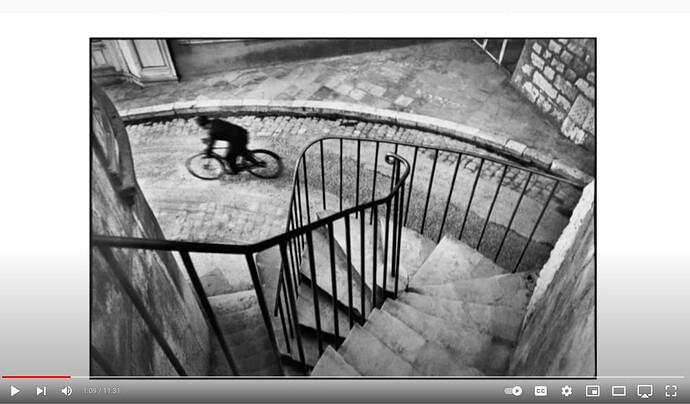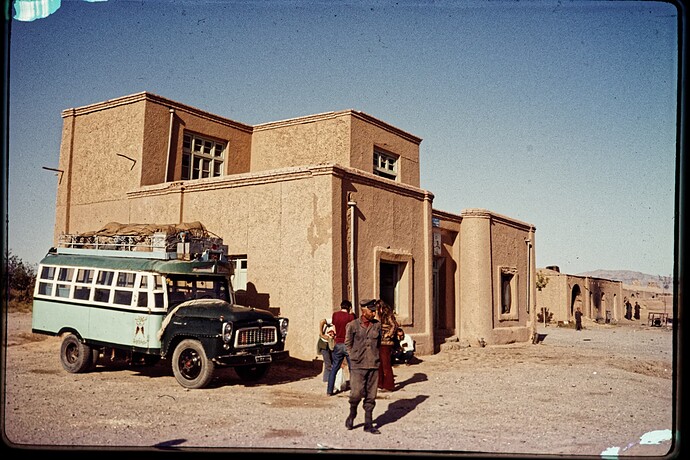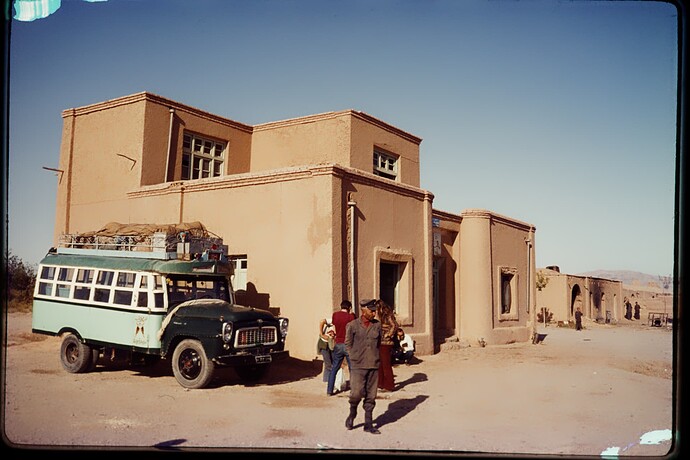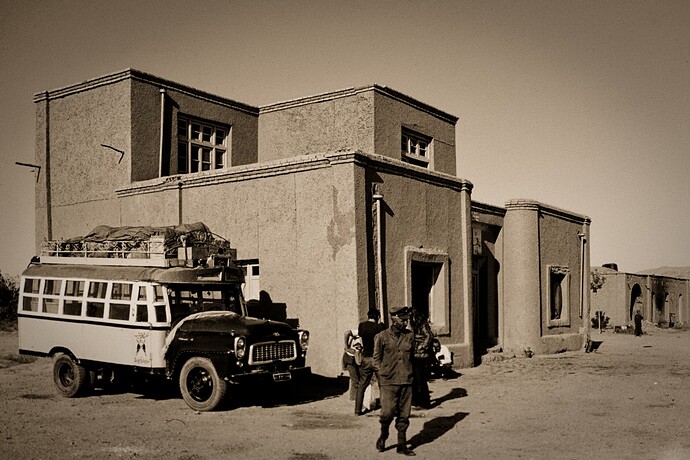@mikemyers
I think that we now live in a world mass culture that with very few and ever decreasing exceptions is pretty much the same all over the globe. It´s 45-50 years ago since I was young and travelling today is a completely different thing from then. In those days it was much more common travelling over land than today. A back packer trip could often last 3-4 monts these days and travelling that way gave you a lot of interesting motifs and experiences. Most of that culture I met then in both Asia, South America, Africa and the to a great extent even in the ever problematic Middle East is gone now - for god and bad.
In these days many of us used slow dia positive film, since it was the only way to really share the images by using projectors and white screens. The backside were that many of us had to work constantly at 50, 64 or 100 ASA/ISO. These films were very unforgiving and had very well defined limitations that forced the photographers to be very careful when exposing and composing since there were no really means to correct them in any sort of postprocessing. The dynamic range was not all that good in dia positive film either. So when we now can postprocess these images it opens a whole new world for us. Without Photolab I would just have had to throw most of my old images away since their technical quality was so bad. Black and White film like Tri-X was a lot easier with it´s limit of ASA/ISO 400.
Back to your intresting questions. You went back to the old “masters” here and ask yourself how useful Photolab or Filmpack would be to create something that resembles or “looks like” the expressions found in images from older times when images had a more “dirty” and grainy look than the technical perfection of today.
Being far from a master I can still give you some examples why I have landed where I have landed with some of my older dia images. Very short I have tried most of reproduction methods for diafilm like scanning, using diaduplicators to repro photography. After about two years of trial and error I ended up some years ago with repro photo in RAW with tethering and Capture One and postprocessing in Photolab. Finally I use a Sony 90mm macro, Sony A7 III and repro table together with Sony Imaging Edge Remote for tethering.
I also landed in converting to B/W because the colors in many of my dia had lost the entire green RGB-channel and I hadn´t the nerves to restore the color balance in every single image. I also added a brownish tone as a last finish in Photolab. Since the Agfa CT 18 and especially the CT 21 dia film I used often had really ugly grain especially in blue skies, I first used a Tri-X emulation in Photolab later to be exchanged for a T-max 100 grain instead, just to split that uggly grain from the film in smaller grain. I also have found that I just had to avoid ClearView and Microcontrast completely and with that I mean the Microcontrast slider all the way to the very far left. Instead I use to add maybe 30-35 in Fine Contrast.
And the to the final touch. Since either “Unsharp Mask” or “Lens Correction” sharpen hardly affects these images at all, most contrast will have to come from “Fine Contrast” and the use of “Bicubic Sharpen” at the export to JPEG.
Here you have one example of how these images look.
Sten-Åke Sändh - Portfolio (fotosidan.se)
Since I normally don´t publish free standing images I also give you a link to the front page of my portfolios. In that view the portfolios with historical images made with the method described above are all brownish.
Sten-Åke Sändh - Portfolio (fotosidan.se)
The images are mostly used in historical blogs like the last one I made for a month ago. Here you can se som images taken 1984 in a small industrial work shop where we built inline stitchers for the printing industry both im the nordic region and the rest of the world. This little company of ten emplyees won a sales contest when New York Times bought stitchers in the seventies. The company still exists today and is still a market leader on the heavily schrinking world market for inlinestitchers and newspapers.
INGOL / TOLERANS AB - ett litet exportföretag i den grafiska industrin från 1970-talet till idag - Fotosidan
It is Photolab and Filmpack that together has made it possible for me to save my historical images and especially Fine Contrast has been completely crusial to make that happen.










